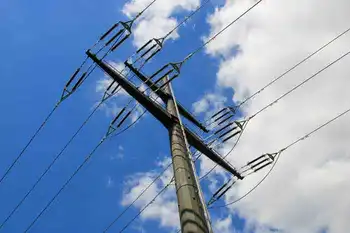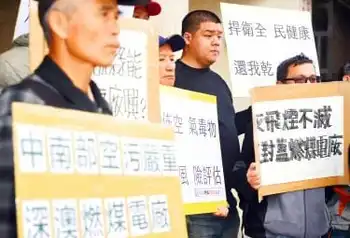Ontario approves 40 renewable energy projects
By Guelph Mercury
CSA Z463 Electrical Maintenance -
Our customized live online or in‑person group training can be delivered to your staff at your location.

- Live Online
- 6 hours Instructor-led
- Group Training Available
Energy minister Brad Duguid said that four large wind projects, totalling 615 megawatts of power have been approved, along with 35 solar projects totalling 257 megawatts, and one 500-kilowatt water project.
But the announcement may upset hundreds of proponents of smaller solar projects, who have been told that their projects have been put on hold because they canÂ’t be connected to the electricity system.
Duguid told reporters that the projects, which are large-scale projects, have all been analyzed, and connections are available.
He said the smaller projects are being approved as quickly as possible, but couldnÂ’t give a deadline by which time all the small operators would be connected.
“Their enthusiasm for the program has outpaced the ability to get the transmission and distribution lines upgraded,” Duguid said.
That didnÂ’t sit well with Brian Wilson, whoÂ’s waiting for a connection for his small project near Belleville.
“It’s amazing what they can do with the big ones, and the little guy gets kicked to the curb,” he said. “You’re just a voice in no-where-land.”
The new wind projects will get 13.5 cents a kilowatt hour for their power, while the solar operators will receive 44.3 cents a kilowatt hour.
Duguid hailed the new projects as continuing evidence of the Liberal governmentÂ’s decision to go with clean renewable energy, while it shuts down coal-burning generators.
That won the support of Greenpeace Canada, which compared the clean energy policy with the decision a century ago to develop Niagara Falls rather than building coal plants.
“Wind and solar energy are the new Niagara Falls, as they can do a similar job of replacing polluting power from coal or nuclear plants to power a prosperous Ontario in the twenty-first century,” said Keith Stewart of Greenpeace.
But Conservative MPP Peter Shurman criticized the announcement, saying itÂ’s unclear what the new contracts will cost.
“What we’re going to have to do when we take over government is review all of these contracts, because we don’t even know what they cost,” he told reporters.
When asked whether “reviewing” the contracts might mean tearing them up, Shurman backtracked: “You don’t tear up contracts.”
Conservative leader Tim Hudak, called for a moratorium on “industrial” wind farms, and said local communities should have a say on whether to allow them.
Duguid didnÂ’t provide an overall cost figure for the newly approved projects, but Bruce Sharp of Aegent Energy Advisors estimated the new contracts will push up the cost of power by about $23 a year for a household using 800 megawatt hours a month.
The Liberals have been under fire for electricity price increases, and have tried to soften the criticism by introducing the Ontario Clean Energy Benefit, which gives householders and small businesses a 10 per cent rebate on hydro bills for the next five years.
OntarioÂ’s expanding wind sector has led to some days where strong winds and moderate temperatures have produced awkward power surpluses. Duguid would only say that the Independent Electricity System Operator is working on the issue.
Robert Hornung, president of the Canadian Wind Energy Association, said the new projects will help make Ontario “a leader in green energy production.”
“This is an important announcement in terms of maintaining the momentum and demonstrating an ongoing commitment” to green energy policies, he said.











